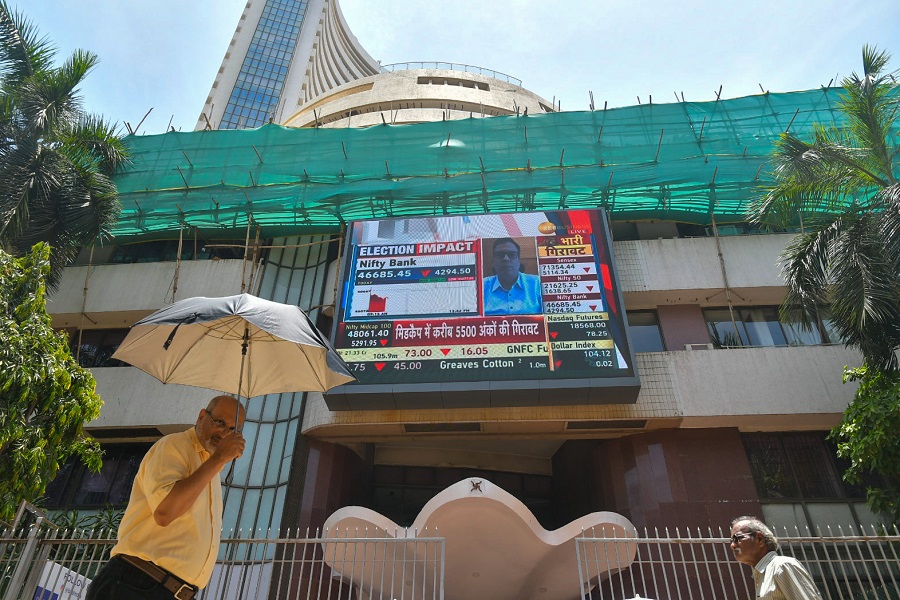Sensex, Nifty end lower amid broad-based selling

Indian equity markets ended lower on Tuesday, dragged down by broad-based selling.
Both benchmark indices -- Sensex and Nifty -- snapped their recent gains as investors booked profits across sectors.
At the closing bell, the Sensex declined 297.07 points, or 0.36 per cent, to settle at 82,029.98, while the Nifty slipped 81.85 points, or 0.32 per cent, to end at 25,145.5.
“The 25,300–25,400 zone continues to act as a major resistance area for the Nifty, while 25,000 remains the key support,” analysts said.
“A sustained move above 25,300 could revive bullish momentum, but a slip below 25,000 might lead to further downside toward 24,850–24,700,” they added.
“Overall, 25,000 remains the key level to watch -- bulls are defending it, while bears are active near 25,300. Until a clear breakout happens on either side, markets are likely to remain range-bound with bouts of volatility,” market experts mentioned.
Selling pressure was visible across most sectors, with PSU banks leading the losses.
The Nifty PSU Bank index dropped 1.52 per cent, followed by Nifty Consumer Durables and Nifty Media, which also witnessed notable declines.
Among individual stocks, Bajaj Finance, Trent, Tata Steel, and Bharat Electronics Limited (BEL) were the major laggards on the Sensex.
On the other hand, Tech Mahindra, ICICI Bank, Power Grid, and Hindustan Unilever (HUL) managed to stay in positive territory, providing some cushion to the indices.
The broader markets mirrored the weak sentiment, as the Nifty MidCap 100 index fell 0.75 per cent and the Nifty SmallCap 100 index slipped 0.89 per cent.
Analysts said that volatility is likely to persist in the near term as traders roll over positions, while global cues and corporate earnings will continue to influence market direction.
Meanwhile, the Indian rupee closed near a record low, pressured by broad-based dollar strength and weaker regional currencies.
Sentiment remains fragile amid US-China trade uncertainty and risk-averse moods.
“However, the rupee has demonstrated resilience, consolidating in a narrow range over the past two weeks due to central bank intervention and foreign fund inflows,” experts said.
“Near-term, spot USDINR finds support at 88.50 and faces resistance at 89.10,” they added.




















